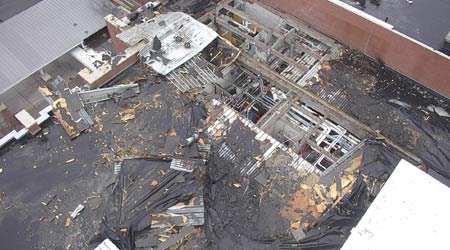
Patient Death Might Be Tied to Power Outage
January 10, 2019
A crisis can strike in any commercial or institutional facility at a moment’s notice. Maintenance and engineering managers need to ensure their facilities have emergency plans and backup plans in place to ensure the facility operates safely and reliably.
A Detroit hospital, DMC Sinai-Grace Hospital, is facing problems possibly related to one such crisis. The family of an 87-year-old patient claims that a power outage at the hospital prevented the medical staff from performing a required procedure.
In the middle of a power outage, the Detroit Medical Center hospital was running on partial power from generators, which are required by state law, according to The Detroit News.
Doctors there could not perform a potentially lifesaving procedure on the patient due to insufficient power, the emergency physician at Sinai-Grace wrote in medical records provided by the patient’s family. Power to the hospital failed at 9 p.m. when an electric cable was accidentally cut near the hospital, according to DTE Energy Co.
The patient required a procedure in the cardiac catheterization lab, but the lab was closed because of the outage, according to hospital records. To make matters worse, only one elevator was functioning, and the laboratory was located on another floor, Smith's family says.
By the time Smith was transferred to Henry Ford Hospital two hours later, it was too late to save her.
The Michigan Building Code and Michigan Electrical Code require emergency backup power for hospitals, and the city of Detroit is the enforcing agency for the administration and enforcement of these codes. The Michigan Department of Licensing and Regulatory Affairs (LARA) makes sure facilities comply with the Michigan Public Health Code and other state laws.
State standards for hospital generators, last updated in 2015, require that hospital power systems be sufficient to maintain cooling, power, and lighting for at least one operating room, delivery room, trauma room, angiography room, interventional radiology room and cardiac catheterization lab.
But those standards only apply to new construction or major renovations completed after Oct. 1, 2015, says LARA spokesman Pardeep Toor.
Ryan Berlin is managing editor of Facility Maintenance Decisions.
Next
Read next on FacilitiesNet












